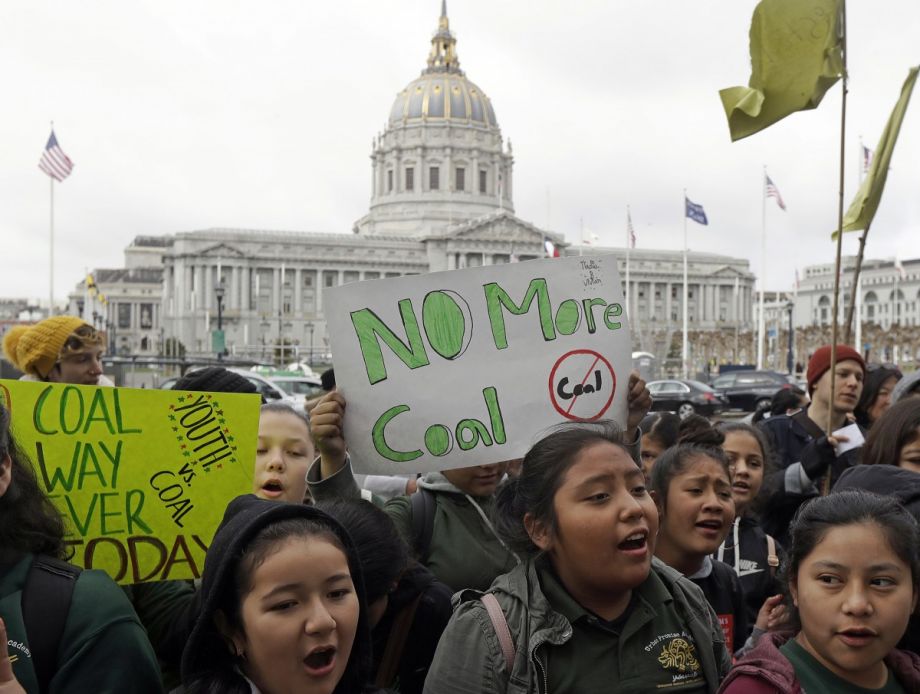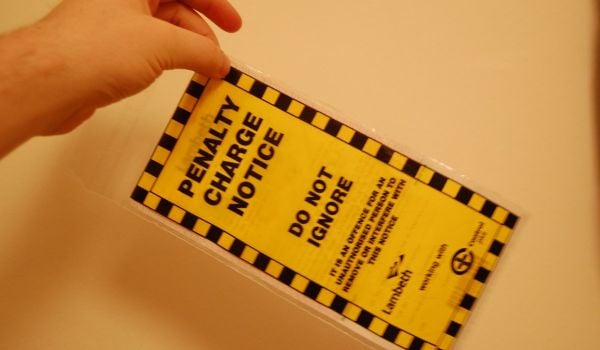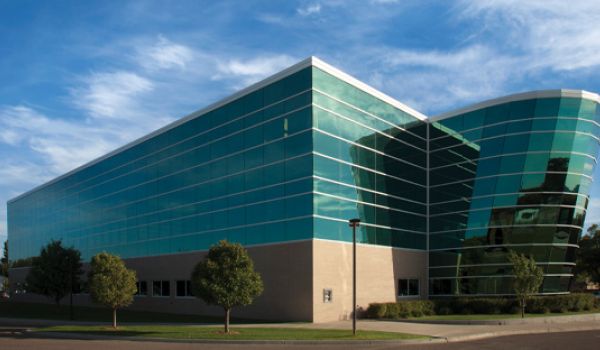It’s been an interesting few weeks for the idea of public banking — establishing banks owned by government entities as a values-based alternative to ‘Wall Street’ banks.
In San Francisco, where the city has charged a task force with exploring how to set up a city-owned bank, that task force is now looking into how the cannabis industry might provide a key source of deposits and clients that could help get a public bank off to a running start. California’s legal cannabis industry is forecast to grow from $2.8 billion in 2017 to $5.6 billion in 2020, but banks are loathe to deal with the industry for fear of violating federal rules that classify marijuana the same category as heroin — the result being a cannabis industry run mostly on cash.
San Francisco’s Municipal Bank Feasibility Task Force thinks a municipal bank might provide the industry an option for banking services.
“If San Francisco is also willing to take on the challenge, it could overcome the exorbitant cost of establishing a public bank and bring the city closer to divesting from institutions that fund fossil fuel corporations and abuse consumers,” reports the San Francisco Examiner’s Robyn Purchia.
It’s a big challenge to start a bank, even for a wealthy city home to major finanical industry giants. As Purchia reports, a public bank could require a minimum of $10 million in capital, approximately $1 million in startup costs and about $2 million for staff salaries, as well as additional funds for offices, branches, data processing, IT systems and security.
San Francisco Treasurer Jose Cisneros remains optimistic. “A public bank in San Francisco is feasible,” Cisneros told Purchia. “The more challenging question: Is it a good policy decision given the complexity, expense and risks?”
The answers to the same questions are trending differently Santa Fe, where a similar task force released its final report on April 17. The task force recommended against starting a city-owned bank. As the Santa Fe task force final report reads, “If limited to the City of Santa Fe’s financial assets, the possible benefits that a Public Bank might generate are at best marginal and at worst would carry risk of non-viability because of the relatively small scale of the City’s financial means, especially when weighed against the considerable costs of creating the bank.”
For comparision, the municipal government of Santa Fe had $52 million in assets according to its most recent annual financial report, compared with $4.2 billion in assets held by the municipal government of San Francisco.
Instead, as an alternative to big banks, the Santa Fe task force recommended working with state legislators to create a state-owned bank in which the city could participate. That would be similar to the Bank of North Dakota, a bank owned by that state’s government, in which all state and local government bodies in North Dakota participate. Established in 1919, the Bank of North Dakota has served as a major inspiration to those advocating for municipal and state-owned banks across the country. That includes New Jersey, where a new report from an economics professor at Stockton University touts huge potential benefits to New Jersey from a state-owned bank.
According to the report from Stockton University’s Deborah M. Figart, PhD., “Every $10 million in new lending by the State Bank of New Jersey would yield an additional $16 million to $21 million in state output (Gross State Product), raise state earnings by $3.8 million to $5.2 million, add 60 to 93 new state jobs, and increase state value-added by roughly $9 million to $12 million.”
A bill to establish the State Bank of New Jersey has been introduced in that state’s legislature. As one of new Governor Phil Murphy’s key economic policy points on the campaign trail, a State Bank of New Jersey would play a key role in his economic plan for New Jersey, which he described last week at a regional planning convening as “growing from the cities, out.”
And finally, Senator Kirsten Gillibrand (D-NY) last week introduced legislation in the U.S. Senate to create a “public option” for banking through the U.S. Postal Service. The legislation would establish a retail bank in all of the U.S. Postal Service’s 30,000 locations, many of them in banking deserts, as a competitor to predatory lenders and check cashier chains. In addition to basic checking and savings accounts, the postal bank established by the bill would also provide small-dollar loans, transactional services including debit cards and online banking, and remittance services. While it might sound revolutionary, it’s not exactly new — from 1910 to 1966, the postal service provided basic banking services to all Americans, as author and financial reform advocate Mehrsa Baradaran has often noted.
Some aren’t so supportive of a postal banking, saying its focus on lending to “high-risk” borrowers is too much of a risk for a federal agency to take on. But the financial industry knows that data tells a different story. The financially “underserved” — those who face barriers to mainstream financial institutions because of low-income or income volatility or other barriers — are a $173 billion market for financial services and growing, according to the Center for Financial Services Innovation.

Oscar is Next City's senior economic justice correspondent. He previously served as Next City’s editor from 2018-2019, and was a Next City Equitable Cities Fellow from 2015-2016. Since 2011, Oscar has covered community development finance, community banking, impact investing, economic development, housing and more for media outlets such as Shelterforce, B Magazine, Impact Alpha and Fast Company.
Follow Oscar .(JavaScript must be enabled to view this email address)
















